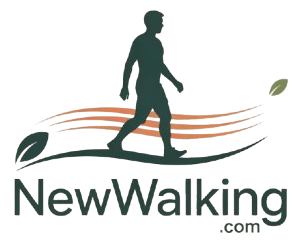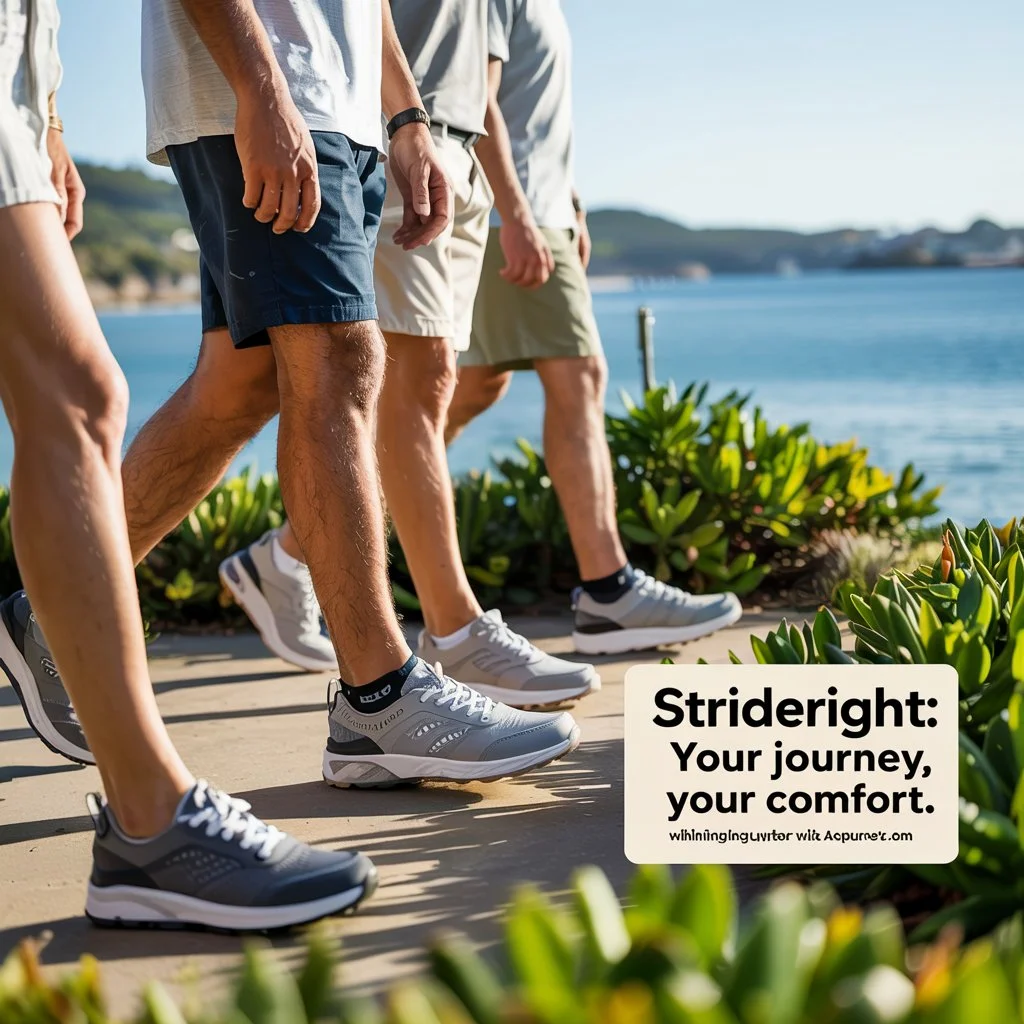Finding the perfect walking shoes is more than just a style decision – it’s about ensuring comfort, support, and long-term foot health. The wrong pair can lead to blisters, discomfort, or even chronic issues like plantar fasciitis. Whether you’re an avid walker or looking to improve your daily steps, understanding how to choose walking shoes for your feet is essential. In this article, we’ll walk you through everything you need to know for selecting the best pair that fits your needs.
Why Choosing the Right Walking Shoes Matters
Walking may seem simple, but the mechanics of your feet are complex. Proper footwear can:
- Provide arch support to prevent strain or injuries.
- Enhance walking comfort with cushioning and stability.
- Accommodate your foot shape, whether flat-footed or high-arched.
- Improve posture and reduce the risk of knee, hip, and back pain.
Before diving into specifics, it’s important to understand that walking differs significantly from running. While running shoes focus on absorbing high-impact forces, walking shoes prioritize flexibility, support, and comfort for prolonged use.
Key Factors to Consider When Choosing Walking Shoes
1. Understand Your Foot Anatomy
Every foot is unique, and understanding your foot type is crucial in selecting the perfect walking shoes. Here’s how you can identify important aspects of your feet:
Arch Type
- Flat Feet: Look for shoes with enhanced arch support and stability features to avoid overpronation.
- High Arches: Opt for shoes with added cushioning to absorb impact.
- Neutral Arches: Choose a versatile shoe that balances support and comfort.
Foot Shape and Size
- Measure your feet regularly – your size can change over time.
- Consider width options if you have narrow or wide feet.
2. Prioritize Cushioning and Stability
The best walking shoes ensure a balance of cushioning and stability. Here’s what to look for:
- EVA Midsoles: Lightweight and durable, these midsoles absorb shock effectively.
- Memory Foam Insoles: Offer personalized comfort by conforming to your foot’s shape.
- Rubber Outsoles: Durable and provide excellent traction for various terrains.
Brands to Consider
Well-known brands like New Balance, Brooks, and ASICS offer advanced cushioning technologies, making them ideal for both casual and long-distance walkers.
3. Match Shoes to Your Walking Style
Daily Walkers
For casual walkers, shoes with moderate cushioning and a flexible sole are sufficient. Lightweight options like Skechers Go Walk or Nike Revolution are excellent choices.
Power Walkers
If you’re walking briskly or covering long distances, look for shoes with extra support in the heel and forefoot to handle higher impact. Brooks Addiction Walker and ASICS Gel-Contend are reliable options.
Orthopedic Needs
For conditions like plantar fasciitis or flat feet, consider orthopedic walking shoes that provide targeted support. Brands like New Balance and Vionic specialize in such options.
4. Pronation vs. Supination
Understanding your gait – or how your foot moves while walking – is essential to finding a shoe that supports your stride:
- Overpronation: Your foot rolls inward excessively. Look for stability or motion-control shoes.
- Neutral Pronation: Your foot lands evenly. Neutral shoes with moderate cushioning work well.
- Supination (Underpronation): Your foot rolls outward. Opt for cushioned shoes that absorb shock.
5. Breathability and Materials
Walking often leads to sweaty feet, so breathable materials like mesh uppers are a must. They keep your feet cool and minimize moisture buildup, reducing the risk of blisters and odor. High-performance walking shoes from brands like ASICS and Nike often feature lightweight, breathable designs.
6. Test the Fit
The walking shoe fit can make or break your experience. Keep the following tips in mind when shopping:
- Shop in the afternoon or evening when your feet are slightly swollen.
- Wear the socks you plan to use with the shoes.
- Ensure there’s about a thumb’s width of space between your toes and the shoe’s front.
- Walk around in the store or at home to test comfort and support.
Common Mistakes to Avoid
When shopping for walking shoes, steer clear of these pitfalls:
- Choosing Based on Style Alone: While looks are important, focus on performance and comfort first.
- Ignoring Your Gait Type: A shoe that doesn’t match your pronation can lead to discomfort or injuries.
- Overlooking Durability: Cheaper shoes may wear out quickly, leading to higher costs in the long run.
Top Picks for Perfect Walking Shoes
Here are some of the best walking shoes for different needs:
- Best for Flat Feet: New Balance 847v4
- Best for High Arches: Brooks Ghost 15
- Best for Plantar Fasciitis: ASICS Gel-Kayano 29
- Best Budget Option: Skechers Go Walk Joy
- Best All-Terrain Shoe: Merrell Moab 2 Ventilator
When to Replace Your Walking Shoes
Even the perfect walking shoes have a lifespan. Replace your shoes every 300-500 miles or when you notice:
- Worn-out soles or reduced traction.
- Decreased cushioning or support.
- Persistent discomfort or new aches.
Conclusion
Investing in the perfect walking shoes is an investment in your health and well-being. By understanding your foot anatomy, prioritizing cushioning and stability, and considering your walking style, you’ll find a pair that enhances your comfort and performance. Don’t forget to test the fit and replace your shoes as needed to ensure long-lasting support.
Ready to take the next step? Browse top-rated walking shoes from trusted brands like New Balance, Brooks, and ASICS today and experience the difference the right footwear can make.

